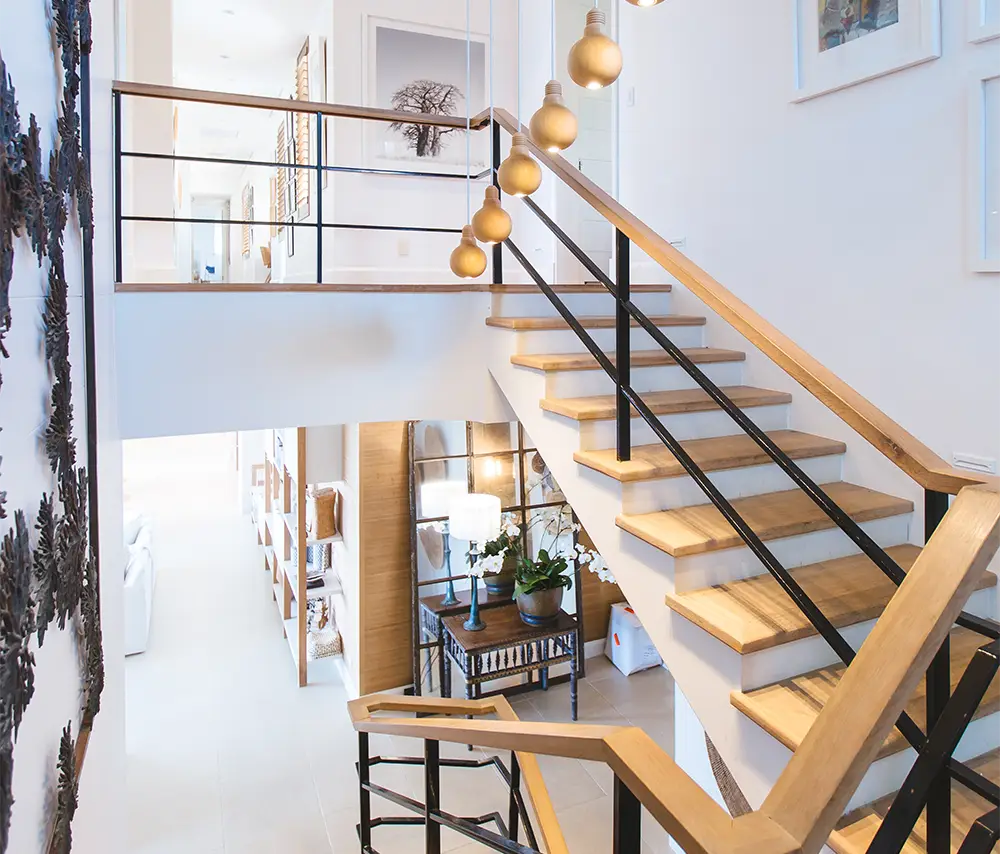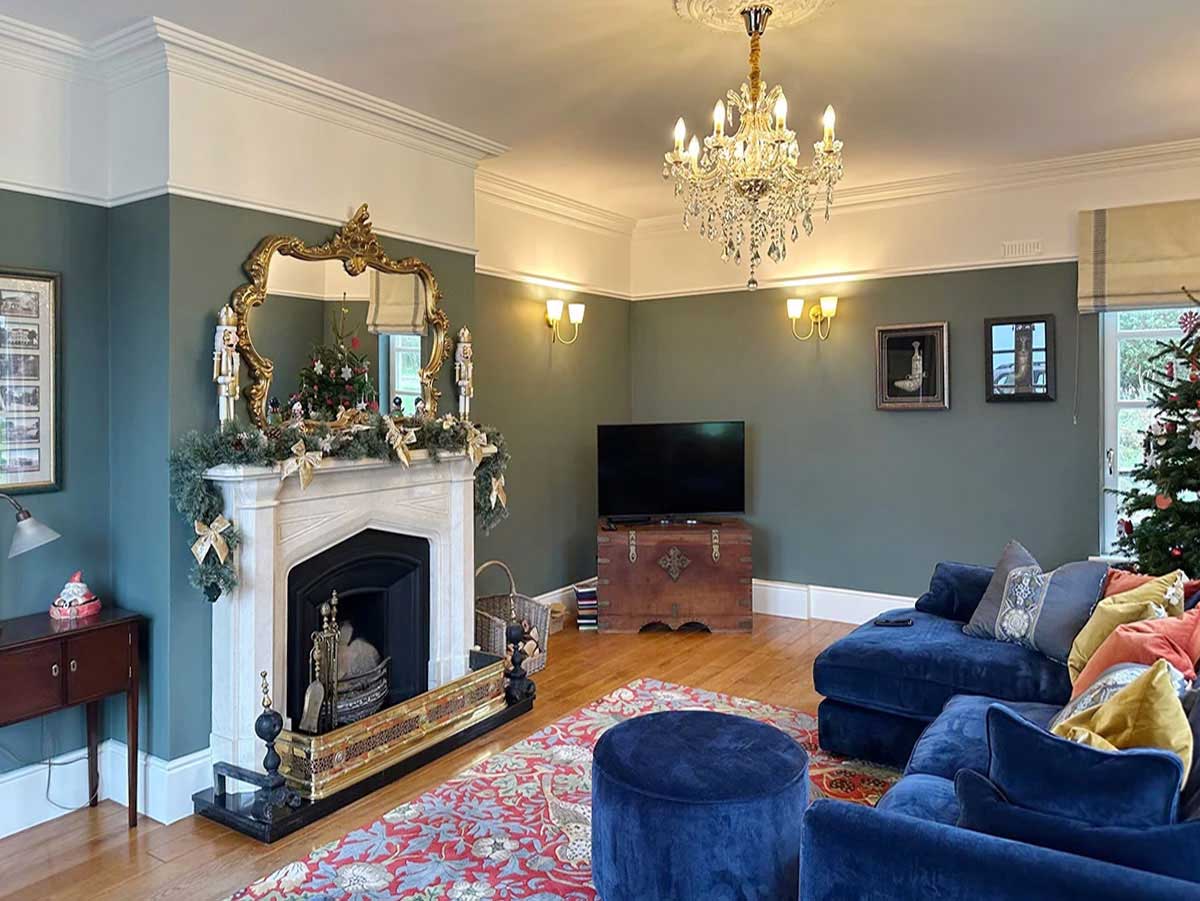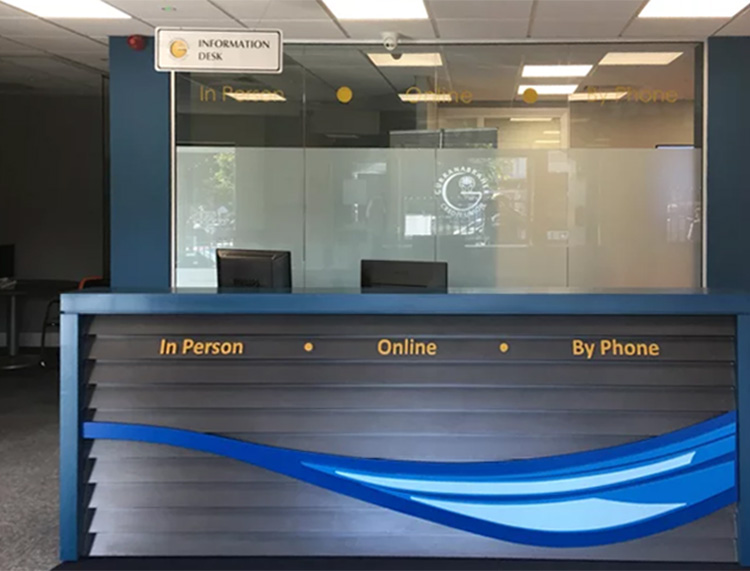I remember watching an episode of Grand Designs, the TV series that follows people as they make their dream house come true. It showed the building of a colossal residence in England.
Towards the end of the project, the show’s presenter, Kevin McCloud, did a tour and ended up in one of the bedrooms. It was vast. It had an odd, triangular shape and right in the middle of it was a pillar. Not a small pillar, either. You couldn’t hug it and have your hands meet on the other side. Kevin turned to the camera, bemused and baffled.
The room was already ‘difficult’ because of its shape. The pillar made the whole room virtually unusable. McCloud was almost lost for words.
It was a classic case of the architecture of the room ruining the user experience. It happens more than you’d think. Not enough thought goes into what it will feel like to live in a room on a daily basis. So you end up with oddly shaped spaces with gigantic pillars running through the middle.
Worse still, the users have to work around the layout, rather than the design meeting their needs. The tail is wagging the dog.
If only the person who was building the house had thought about the interior architecture from the outset. The outcome would have been different if they had spent some time reflecting on how the structure of the room would affect their day-to-day living experience in the years ahead.
A ‘Dream Team’ consisting of an architect, an interior architect, an engineer and a quantity surveyor would have been able to show the client that the room was going to fail just by looking at the plans. And they could have offered alternative interior layouts and solutions, while explaining the costs and the effect on the budget. The owners would have had options to chose from and known all the facts.
While the cost of hiring such a ‘Dream Team’ might put some people off, the cost of correcting a structural element after a project has been completed is much higher. If it can be changed at all.
The role of interior architecture
Interior architecture isn’t just limited to room shape and pillar location. It also looks at the impact of other structural elements. For example, how the window placement and design will affect light levels throughout the day. Or whether the location of doors at either end of a room means it’s nothing more than a glorified corridor, making it a hard space to enjoy.
Interior architecture looks at where light fixtures and electrics go. It considers whether water can reach the intended locations for sanitary ware, additional prep sinks, or even two dishwashers (which is very popular with larger families). Also, modern fridges require plumbing for filter water. So it’s important to make sure electrics and water are in the right place and easily accessible.
In other words, interior architecture concerns all the internal elements of a building, including the materials and placement of doors and windows; the choice of ironmongery, fireplaces, plasterwork, ceiling architecture, staircases and elevators; and decisions about space planning, floor plan optimisation and furniture layouts. Lighting plans and bathroom and kitchen design are also key aspects of the interior architecture of a house.
For commercial projects, for example designing an auditorium, interior architectural choices concerning acoustics, seating and sound play an important role in the overall design of the space. Each element impacts on how well a commercial space fits its intended purpose.
Building a new house or commercial property to a client’s needs and wishes is an incredibly complex operation. There are a ridiculous number of moving parts. And there are many rules and regulations that need to be followed.
An interior architect is the person who can step back and take a bird’s eye view to make sure everything is working towards the final goal: a beautiful end result with spaces that fit together seamlessly and coherently—and, most importantly, are a joy to use. Done well, interior architecture gives the best possible canvas for the interior designer to work with.
The best of both worlds
In the best case, your design studio will be experienced in both interior architecture and interior design, and able to take your project from early stages to completion. The result of great interior architecture, combined with excellent interior design, is a space that lets you use it effortlessly while giving you a gorgeous experience.
But not all projects require the experience of an interior architect.
Generally interior architecture is only necessary for one-off newbuilds, extensive renovations and conversions, or commercial projects. It could be the construction of a dream house. Or it could be the conversion of an old bank into a restaurant.
Experience is key here. If I’ve learned anything in the last 20 years by being on building sites, it’s that real world experience is vital in identifying and solving problems.
This means building effective relationships with architects and contractors. To do that, you need to know people, you need to understand the construction process and you need to know design. And sometimes you need to know when to put your foot down—which, when you’re working in any form of construction or an elaborate fit out, is nearly always.
I’m going to make a case for hiring someone who is experienced in both interior architecture (me) and interior design (also me). Yes, I’m biased, but this combination of experience and skills means I can take on a project in its infancy and see it all the way through to completion. All the while knowing what the end product will look like and making corrections to get every one back in their lanes whenever the project threatens to go off course.
An interior designer who specialises in interior architecture can be particularly useful if you can’t be on location yourself during the project. My overseas clients comment on this all the time when I’m managing their projects here in Ireland. It gives them tremendous peace of mind.
If you have a grand design here in Cork or Ireland, I’ll make sure your dream of a functional and fabulous home becomes a reality.





